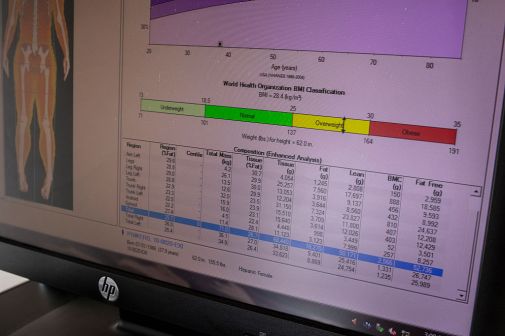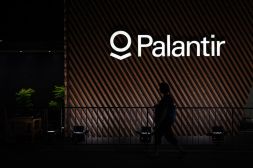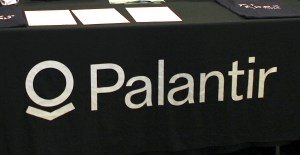How National Parks data could nurse you back to health
In a room full of representatives from different Department of Health and Human Services agencies and members of health startups discussing how to make the most of federal health data sets, Lt. Cmdr. Adam Kramer of the National Parks Service stood out.
Kramer asked a crowd gathered last week for an HHS event at Washington, D.C.’s 1776 technology startup incubator: What does data from what he called a “land management and conservation agency” have to do with health initiatives?
The answer demonstrates how looking past the obvious uses of federal data sets can spark continued innovation.
A program called D.C. Park Prescription piloted by Dr. Robert Zarr of Unity Health Care’s Upper Cardozo Community Health Center in the nation’s capital uses National Park Service data as part of its “Health Parks Healthy People” movement to help doctors connect their patients to nature. Because one in three chronic diseases is driven by lifestyle and behavior, the bet is “prescribing nature” could prevent or treat sickness.
“They took a lot of our boundary files and then they did assessments of the individual park boundaries and the facilities that were there, safety, everything else,” said Kramer, a member of NPS’ Office of Public Health. “Working with one of the local medical providers here, they actually integrated it into their electronic health records system.”
With the data, doctors in D.C. are using electronic health records to match patients to the 350 parks in the area, factoring in variables like access, cleanliness, level of activity and safety. The goal is to treat illnesses like obesity, asthma and attention deficit hyperactivity disorder.
“So now when they have people coming in, they’re looking at prescribing nature, giving their patients information on where they can go to take a walk, what are the activities that are there, so people can get out and get a little bit of exercise,” Kramer said. “If we can adjust that lifestyle, getting people exercising outside, we have that ability to affect those chronic diseases.”
The prescription is produced electronically within minutes, and health IT advocates are bullish on scaling the pilot to regions nationwide using application programming interfaces, or APIs.
This is just one example of taking a broader look at federal data use. Just because an organization’s mission is health related, the data sets don’t need to be, Kramer said. He pointed to environmental data and census data as other examples that could lead to some interesting health correlations.
A few members of health startups on the panel admitted they weren’t aware of the NPS data or hadn’t thought of how it could be useful.
Manik Bhat, CEO of New York City startup Healthify, said “there’s a tremendous amount of value to be gained” from the less obvious data sets. Bhat’s company helps medical providers track social and environmental factors that contribute to patient health.
“The recreation data sets could be pretty useful because we actually pose a question related to ‘Are you looking for areas to walk and actually find exercise and fitness programs?'” he said. “And that would be a really powerful intervention based on that question we pose.”
Most data from NPS and its parent, the Interior Department, was originally generated for internal use, Kramer said. But it doesn’t have to stay that way. Most of it is publicly available, and data on things like vegetation and lists of species, he said, while not immediately obvious, could be useful to entrepreneurs and others who can put it to novel uses.
In April, Interior plans to host a developers summit to advance that idea, “looking to see what are some other ways we can help to get people to connect with their public lands.”






